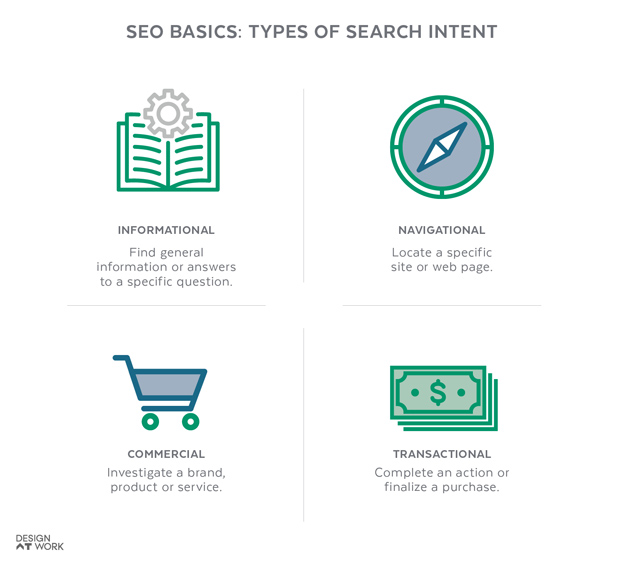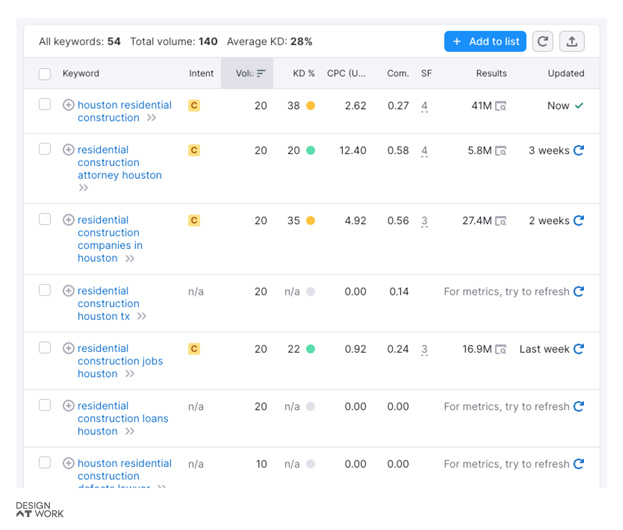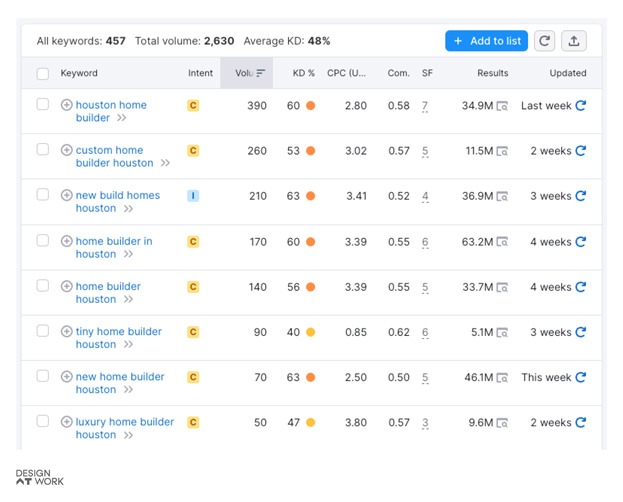Want to attract more visitors to your website using search engine optimization? Here’s how.

Search engine optimization (SEO) has come a long way since the term was first coined in the mid-1990s. In the early days of search engines (remember AltaVista and Ask Jeeves?), ranking highly in search results required little more than writing sufficient content and packing it full of more keywords than your competitors — a practice known as keyword stuffing. In 2000, Google changed the game with its Toolbar PageRank update, which allowed it to rank page importance by the number of quality links pointing to it.1
More than two decades and dozens of updates later, marketers are still scrambling to keep up with Google’s ever-evolving algorithm. The good news is that the arc of Google’s progress bends toward the user, which equates to higher-quality content. In this article, we offer tips for increasing your organic website traffic using the latest SEO best practices.
1. Give Your Audience What They Want.
Quality content is the lifeblood of SEO strategy. Useful, interesting and readable content attracts inbound traffic to your site by answering questions, providing information or facilitating transactions. This is called organic traffic — visitors who arrive at your site via unpaid sources such as Google and Bing. To entice those visitors, you have to understand what they want and why they’re searching for it.
Broadly speaking, there are four main types of search or keyword intent.

2. Conduct Thorough Keyword Research.
Once you know what your users want, it’s time to investigate how they’re searching for it. This is what’s known as topic or keyword research — an inquiry into the language your audience is using in its search queries. If you can’t speak your users’ language, they won’t be able to find you.
For example, let’s say you’re a residential construction company and you want to make it easier for prospective customers to locate your website through organic search. Perhaps “residential construction” is the phrase that first leaps to mind, so you decide to test the keyword “houston residential construction.”

The metrics above suggest that some users enter the phrase “houston residential construction,” but not many. How else might your audience describe what they’re looking for? You might test the keywords “houston house contractor” and “houston home builder” to see if they yield more promising results.

And voilà! The phrase “houston home builder” returns a higher search volume and more competitive keyword difficulty (we’ll talk more about this shortly). The trick to keyword research is empathy. Try to put yourself in the customer’s shoes. What do they know and what do they not know? What words are they likely to use to describe your product, service or related topic? Keep testing different synonyms and word combinations until you find the right keyword.
3. Target Long-Tail Keywords.
So how do you know when you’ve found the right keyword for a given piece of content? Generally, we recommend opting for long-tail keywords. Long-tail keywords are specific phrases comprised of three to five words that allow you to target niche queries and demographics. Short-tail keywords, on the other hand, are broader, one-to-three-word phrases.
While short-tail keywords attract higher search volumes, they’re also extremely competitive, which means it takes longer to increase your search result rankings. The short-tail phrase “home builder,” for example, has a search volume in the thousands and an extremely high keyword difficulty. While every platform has its own SEO metrics, volume usually refers to the number of people searching for a keyword within a given period, whereas difficulty refers to how much time and effort will be required to compete with other sites for the same keyword.
Long-tail iterations of “home builder,” such as “environmentally friendly home builders” or “sustainable home builders near me,” reveal much more promising numbers. The first targets a subset of consumers interested in green building practices, and the latter takes it one step further by localizing the query. Both of these long-tail keywords have a relatively high search volume and low keyword difficulty, making them an excellent choice for your primary keyword.
Why? Because with good traffic and low-to-medium difficulty, you have a better chance of ranking on the first page of Google — and doing so faster.
4. Compete for Featured Snippets.
Since 2014, Google has been promoting what it considers high-quality content through featured snippets or SERP (search engine result page) features. These snippets are highly visible and helpful, making them likely to attract significant amounts of organic traffic.
To claim one of these coveted spots, you can optimize your content by using a question-and-answer format. For example, if you want to be featured for the keyword “how to clean a cast iron skillet,” you could include the question in a header or subheader on your page, then answer the question in subsequent body copy. Even if you don’t manage to snag a featured snippet, formatting your content in this way will increase readability and improve the performance of your page.
5. Optimize Page Titles and Meta Descriptions.
Page titles and meta descriptions are like an SEO appetizer — they give readers a taste of what’s to come on your page. As such, it’s important that titles not only entice users with attention-grabbing phrasing, but also accurately describe your content. Make sure to include target keywords in page titles and meta descriptions, and keep character limits in mind. Only 30-to-60-character titles will appear in full on SERPs, and meta descriptions should be less than 160 characters. Portent’s SERP Preview Tool makes it easy to ensure you’re staying within your character limits and offers a preview of how your content will appear in SERPs.

If you’re looking for a partner to help you implement the latest and greatest SEO strategies, look no further than Design At Work. Let’s talk about how we can increase your website traffic and boost your rankings.
Marketing Emails You’ll Actually Want To Read.
Get marketing tips and news sent to your inbox.

